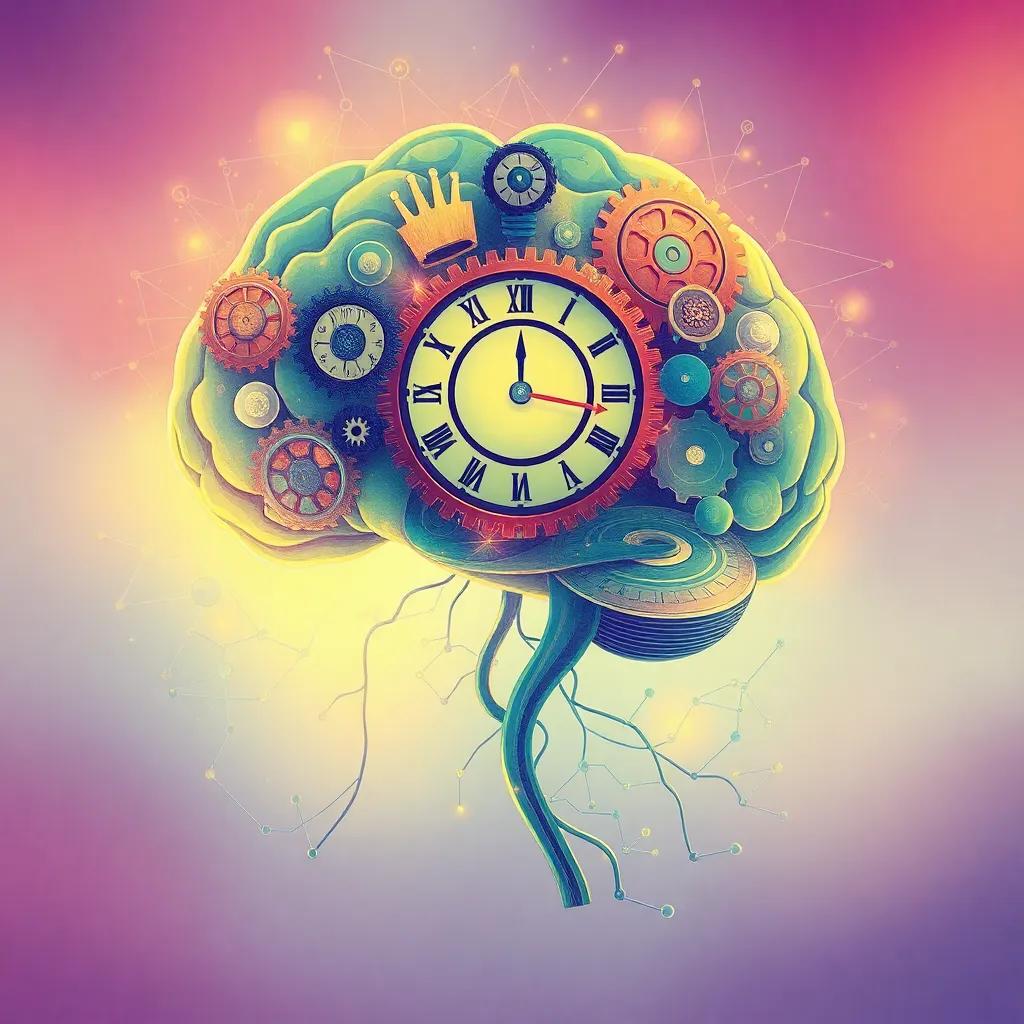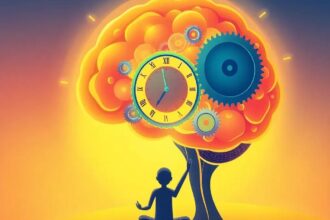Exploring how timing brain training exercises based on circadian rhythms can enhance cognitive health through chrono-neuroplasticity.
Discover how aligning brain training with your body’s natural rhythms can boost cognitive functions and emotional well-being.
Understanding Neuroplasticity and Circadian Rhythms
Neuroplasticity refers to the brain’s ability to reorganize itself by forming new neural connections throughout life. This adaptability is crucial for learning, memory, and recovery from brain injuries. Recent studies have shown that neuroplasticity is not a constant process but is influenced by our circadian rhythms—the natural, internal process that regulates the sleep-wake cycle and repeats roughly every 24 hours.
According to a study published in the Journal of Neuroscience
, the timing of brain training exercises can significantly affect their efficacy. Dr. Sarah L. Chellappa, a neuroscientist at Harvard Medical School, explains, Our research indicates that the brain’s plasticity is heightened during specific times of the day, aligning with peaks in our circadian rhythms.
Optimal Times for Brain Training Techniques
Mindfulness meditation, cognitive behavioral therapy (CBT), and neurofeedback are among the most effective brain training techniques. Research suggests that practicing mindfulness meditation in the morning can enhance focus and emotional resilience throughout the day. A 2020 study in Nature Communications
found that participants who meditated at 7 AM showed a 20% increase in attention span compared to those who meditated at other times.
CBT, often used to treat anxiety and depression, is most effective when sessions are scheduled during the late morning. Neurofeedback, a technique that uses real-time monitoring of brain activity to teach self-regulation, has shown optimal results when practiced in the early afternoon. These findings underscore the importance of aligning brain training with our biological clocks.
Practical Tips for Incorporating Chrono-Neuroplasticity
To harness the benefits of chrono-neuroplasticity, consider the following tips:
- Schedule mindfulness or meditation sessions in the early morning to kickstart your cognitive functions.
- Engage in cognitive behavioral therapy during late morning hours to maximize emotional processing.
- Practice neurofeedback in the early afternoon when brain plasticity peaks.
- Maintain a consistent sleep schedule to stabilize your circadian rhythms.
While these strategies can enhance cognitive health, it’s essential to consult with a healthcare provider before starting any new brain training regimen, especially for individuals with pre-existing conditions.
Future Directions in Chrono-Neuroplasticity Research
The future of chrono-neuroplasticity lies in personalized brain training programs tailored to individual circadian rhythms. Advances in wearable technology and AI could enable real-time monitoring of brain activity and circadian patterns, allowing for customized training schedules. Dr. Chellappa envisions a future where brain training is as personalized as fitness routines, optimized for each individual’s unique biological clock.
As research continues to uncover the intricate relationship between time and brain plasticity, the potential for improving cognitive health through chrono-neuroplasticity becomes increasingly promising.


